
Top 5 locations for stargazing
Astrotourism is becoming more popular every year. People are willing to travel thousands of kilometers to admire the stars. But which places on Earth are considered the best for this? Let's find out now!



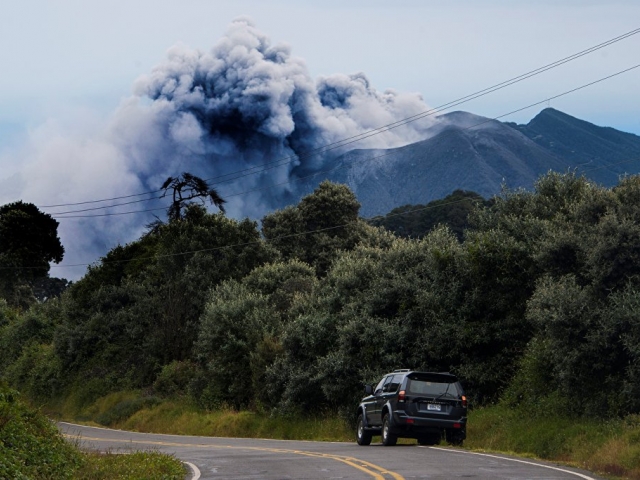
The eruption took place at 2:53 am local time (08:53 GMT) and peaked with incandescent rocks being thrown from its massive crater. A second occurred later that morning at 11.32am (17:32 GMT) sent ash and smoke some 13,000 feet (4,000 metres) into the air, according to Costa Rica's volcano and seismology body OVSICORI.
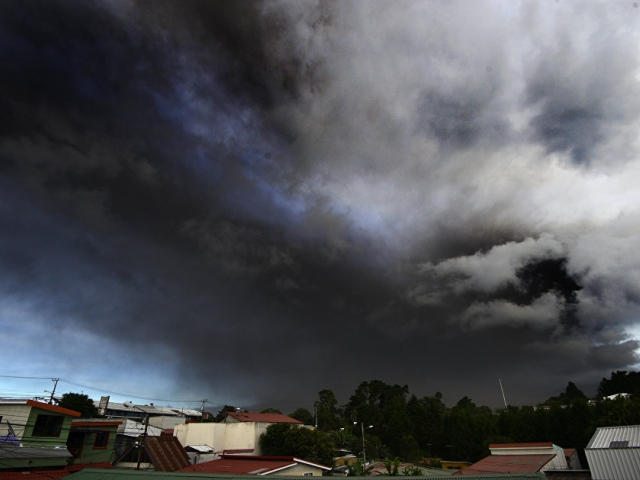
Authorities have temporarily closed Costa Rica's international airport following the explosions fearing the volcanic ash could cause problems for planes.
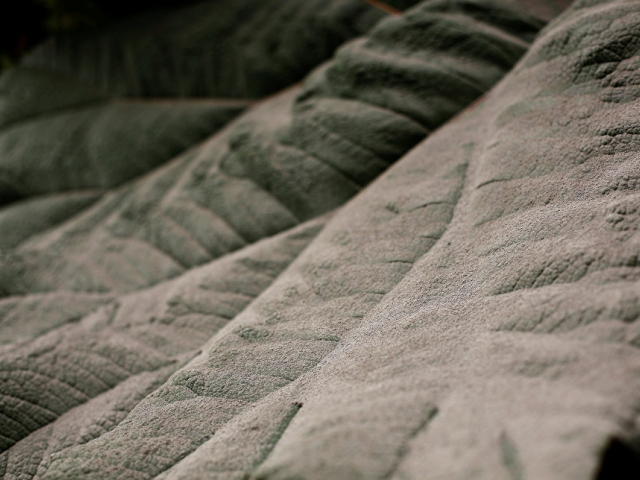
The streets of the city and the nearest settlements immediately after awakening volcano were covered with a thick layer of volcanic ash. People in the capital San Jose, about 45km (30 miles) west of the Turrialba volcano, said layers of ash had coated buildings and cars and there was a fierce smell of sulphur.
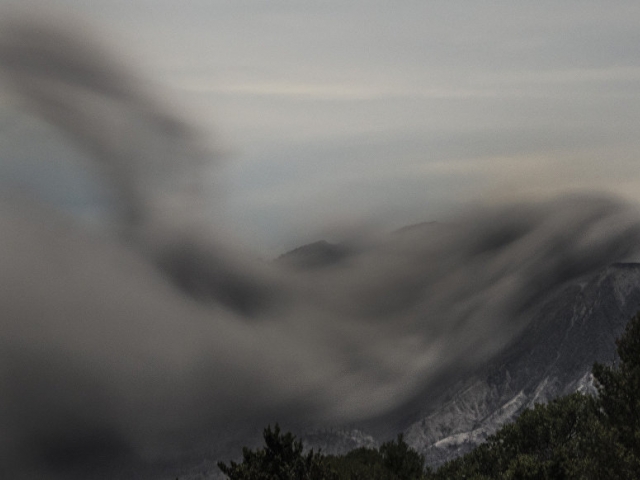
The volcanic eruption lasted not more than 15 minutes, but it was enough to create a critical situation in Costa Rica. According to Ovsicori, the molten rock fragments could be spewed as far as 10kms from the crater, and because of their high temperature could cause damage if they come in contact with people, animals, infrastructure, and trees and plants.
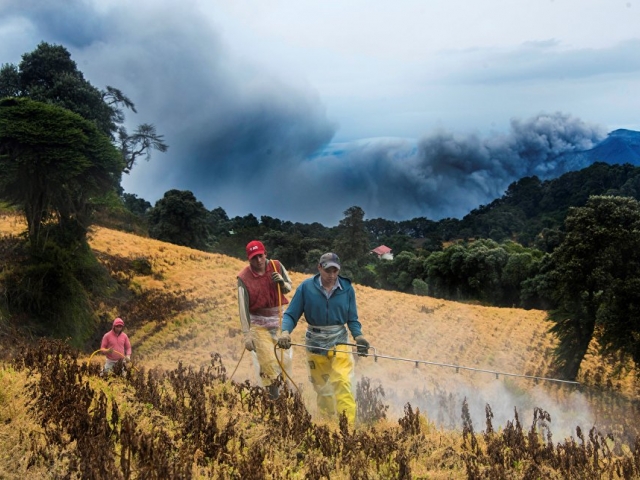
Residents of San Gerardo de Irasu located near a volcano had to bring order by their own forces.

Photo: Covered with volcanic ash potato fields near San Gerardo de Irazu

Astrotourism is becoming more popular every year. People are willing to travel thousands of kilometers to admire the stars. But which places on Earth are considered the best for this? Let's find out now!